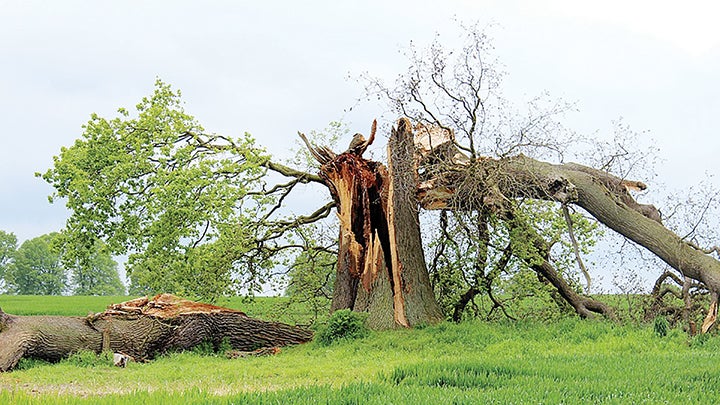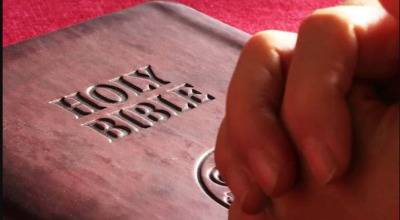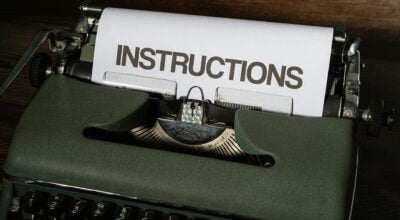How to deal with storm damage to trees
Published 1:57 am Saturday, September 8, 2018

- Storm damaged tree
Tropical Storm Gordon was not the threat to the area we thought it would be, but being prepared is still the best idea. The hurricane season is not over and any serious storm can cause damage to trees.
I want to share some thoughts on trees and helping them recover from storm damage.
A common myth is that the root system mirrors the top growth of a tree. While some trees do put down some deep roots, most trees root system is in the top 12-14 inches of the soil. Roots need to be in proximity of the surface in order for gas exchange, both carbon dioxide and oxygen, to ensure healthy optimal root and tree growth. This also helps to stabilize the tree in the soil. We can see this arrangement with trees that have blown over.
Many people believe that trees are capable of healing themselves after damage from a storm. Trees do not heal in the same sense as we do after an injury. Instead, a process called compartmentalization occurs. The area around the injury is strengthened and sealed off from the rest of the tree. Never paint, caulk, cement, or cover a tree wound as this will trap disease organisms. Always trim damaged, jagged branches to an even surface.
There are many branches that will have been damaged and will have to be removed. Never prune a branch flush with the trunk as this will provide an opening for pathogens to enter the tree. Always look for the branch collar, which will be a slightly raised area around the point where the branch attaches to the trunk, and prune there. This will allow the tree to heal itself.
When replacing trees, please consider the growth characteristics and mature size. A big mistake homeowners make is planting a large, fast growing tree under power lines or too near their home. Many believe that pruning will keep the growth under control when in most cases these trees ‘get away’ from the homeowner and cause problems with the home foundation, the power company and probably another storm.
Guidelines for replacing trees:
• Plant small ornamental trees, 15 feet and less under power lines.
• When planting near the home use this rule: Always plant your tree 1 ½ times the mature canopy radius (radius = diameter/2) away from the home. This way you will always have a buffer away from your home.
• If you have to prune a tree to keep it under control, you have planted the wrong tree.
Rebecca Bates is an MSU Extension-Lincoln County agent, and can be reached at 601-835-3460 or by e-mail at rebecca.bates@msstate.edu.





